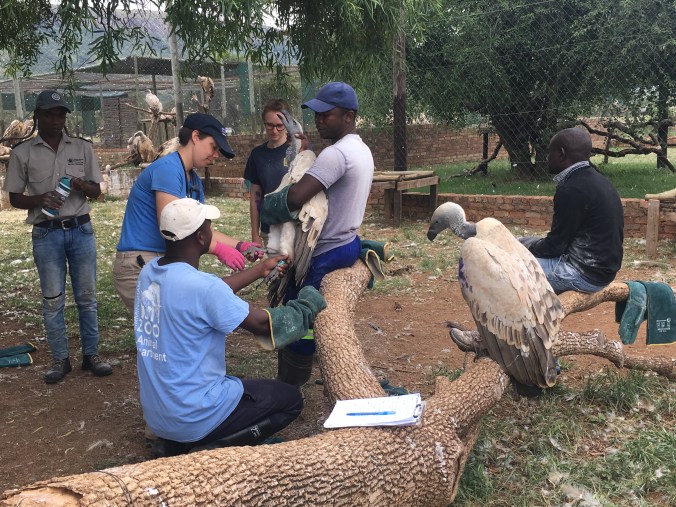The Detroit Zoological Society (DZS) continued its field conservation work in Armenia this spring to study and preserve declining populations of endangered Eurasian otters.
Armenia is a nation slightly larger than the state of Massachusetts, but in terms of biodiversity and topographic variation, it boasts an impressive richness. A day’s drive can include visits to snowy mountain passes at an elevation of more than 8,000 feet near the spa town of Jermuk, as well as hot and arid lowlands of the Meghri Valley along the Iranian border. It is a landlocked nation in the Caucasus region between Asia and Europe, but its abundant streams and rivers provide ecological and economic lifeblood for the nation. During this spring’s expedition, we spent a little more than a week traversing the serpentine roads as we followed up on leads and evaluated potential otter habitats.
We began this trip in the capital of Yerevan and worked our way through all of the watersheds in the southern half of the country. A consistent theme throughout the week was high water due to heavy spring rains. This limited our access to the riverbanks and made it challenging to select suitable locations to deploy motion-activated cameras and conduct formal surveys. Previous trips to other watersheds in the north, such as Lake Arpi, had recently yielded numerous photographs and video clips of otters with these cameras, with in some cases as many as four individuals in a single frame. This time around, we had to rely on other methods to document the presence of otters in each of the southern watersheds.
Interviews with local conservationists, fish farmers, anglers and hunters proved to be our most valuable resources. Through these leads, we were able to locate and explore otter habitats and document signs such as footprints, feeding remains and scat. We also visited several fish farms, ranging in size from small residential ponds to larger facilities with dozens of cascading holding pools. In most cases, the fish farmers were challenged by otters raiding their stock, and in some cases, significantly threatening the viability of their entire operation. Dogs are frequently used as a deterrent, and one resident with a small fish pond showed us security camera footage of an otter taking shelter in the water until the dogs were distracted and allowed an opportunity for it to escape. In some cases, we were able to provide counsel to fish farmers regarding what type of perimeter fencing modifications would be effective in excluding otters.
The people of Armenia clearly value their biodiversity and have an openness to learning more about the important role that Eurasian otters play in it. Key challenges ahead for the species appear to be direct human conflict, pollution from mining, and habitat fragmentation due to hydroelectric dams. The DZS will continue to work with Armenian researchers to document the distribution of otters and strengthen efforts to establish protected areas for them.
– Brian Manfre is a mammal department supervisor for the Detroit Zoological Society.



























